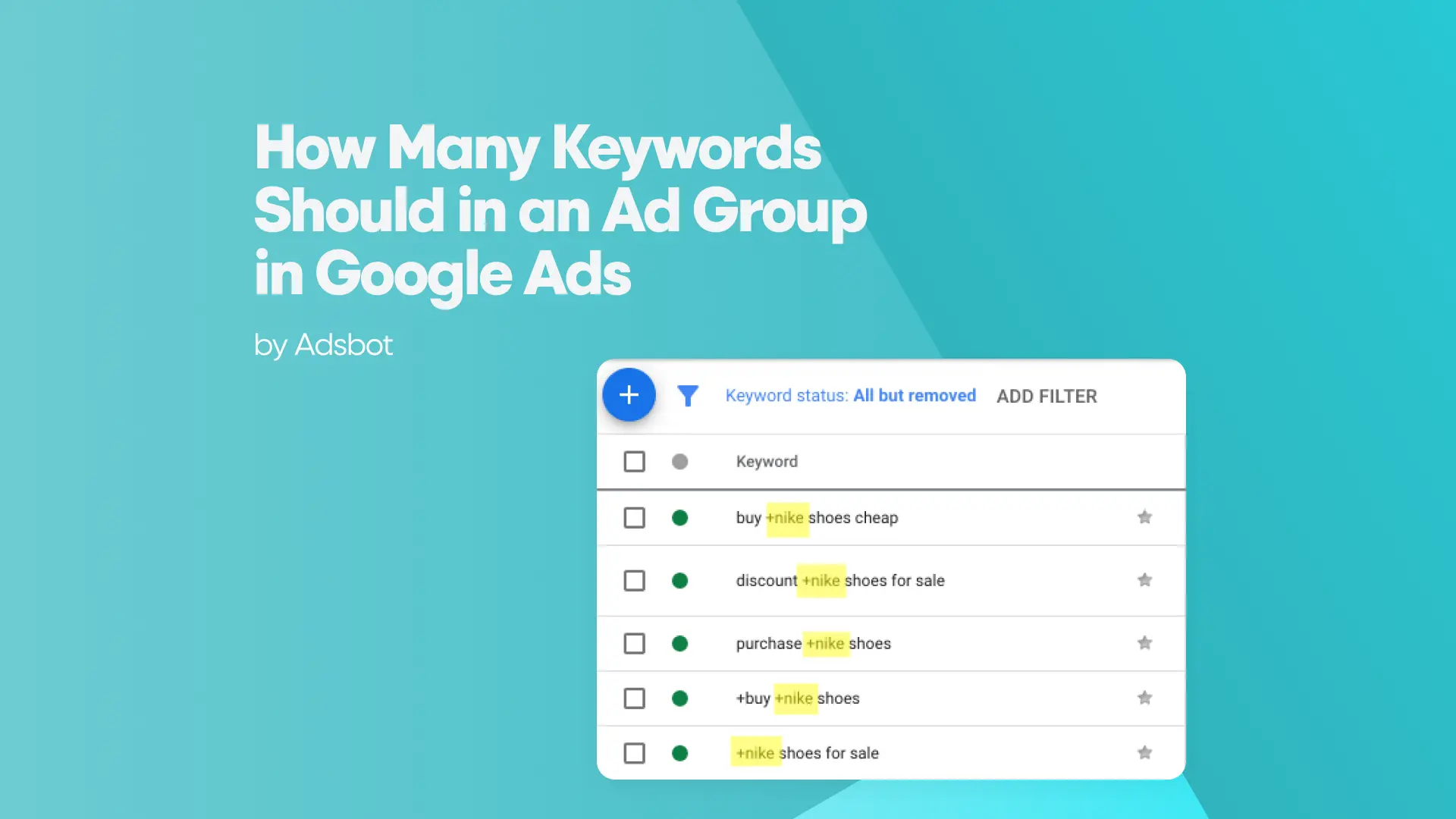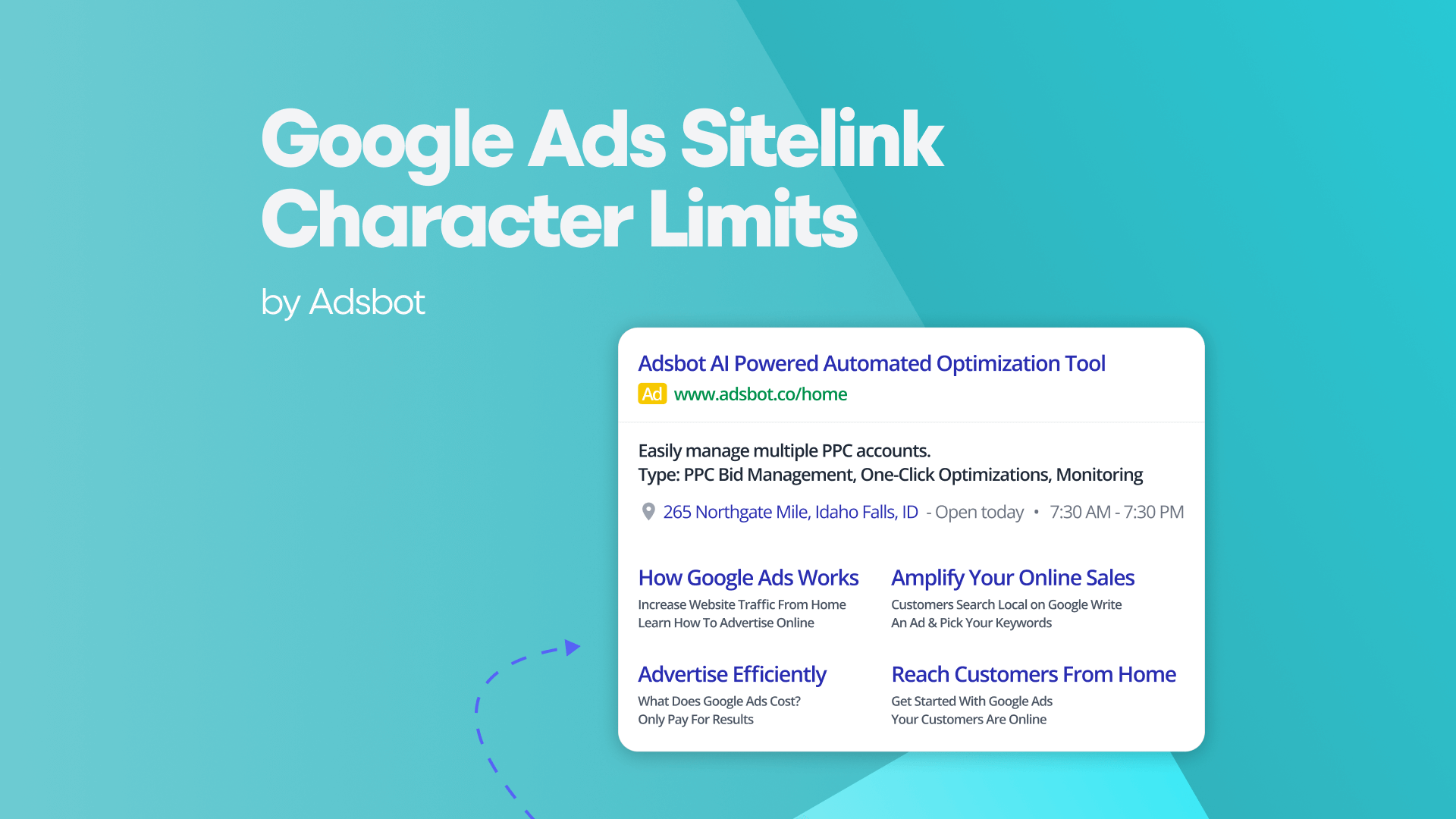Google Ads, previously called Google Adwords, is one of the most popular pay-per-click (PPC) advertising platforms in the world. Its main goal is to show the ad to potential customers or the audience interested in the ad. With multiple variants, Google Ads offers specific targeting for each campaign type.
The Google Display Network is image-targeted ads that a business’s target audience will see while browsing websites, watching YouTube videos, and checking emails via Gmail for any purpose.
You will learn 3 main issues about how Google Ads works in this article:
- What Is “Google Ads”?
- Types of Google Ads
- Benefits of Google Ads
What Is “Google Ads”?
Google Ads is the name of Google’s PPC platform that enables businesses to gain visibility on Google’s properties, promote to potential customers, and generate profits through ads. The most common “type of Google Ads” is a Search Ad that appears on the search engine results page (SERP) for searches related to the advertiser’s products and services. However, Google also serves businesses with display ads, shopping ads, video ads, app ads, and more for other targeting purposes.
Google Ads operates under a pay-per-click (PPC) model, which means that advertisers target a specific keyword on Google and place bids for the keyword, and it’s in a race with other advertisers. Bids are “max bids,” or the maximum amount a business can pay for an ad. For example, if a business’s maximum bid is $5 and Google determines the cost-per-click for that ad is $3, the business will be placed in the ad placement because it gives a higher number. Google does not exceed the maximum daily or total budget the advertiser sets. This is a very useful service regarding how much budget should be allocated for campaign creation of Google Ads.
No matter what type of campaign is chosen with Google Ads, the words that will come across a business the most will be keywords, bidding, campaign type, click-through rate, conversion rate, ad extensions, PPC, and quality score. Therefore, it is very important to understand these terms very well before advertising with Google Ads.
Types of Google Ads
Search Ads
Search Network is a campaign type where keyword and bid strategies are targeted. They appear as a text ad on the results page for the keyword. To be above the organic results on the first page of users’ Google search queries, businesses determine the keywords that best promote their products and offers that fit their budgets. They allow Google to enter ads with a maximum of 15 headlines and 4 ad texts called character limits so that users can select the ones that perform best in their searches. For example, the search campaign for the keyword “bike” gives advertisers three options: broad, exact match, and phrase match. According to the preferred keyword type, the ad appears in front of the appropriate user in the search results. The ad is charged only when the user clicks on the ad. Search ads also appear in Google Play, Google Maps, Google Images, and Google Shopping.
Display Ads
The Google Display Network is a type of campaign where display ads, including Google’s broad website partners from various industries, i.e., third-party websites, are showcased with text, images, video, and rich media content. Payments on the Display Network are made per click or impression.
Video Ads
Google Video Ads serve purposes such as awareness, increasing conversions, and directing shopping on websites. Several different video ad formats allow businesses to reach customers on Google Partner sites and platforms (like YouTube) and provide users with a more engaging experience. Given the fact that people watch over one billion hours of video content on YouTube every day, posting Video ads is often a recommended profitable ad format.
Shopping
Shopping ads allow businesses to promote products in a much more visually oriented way. Suppose a physical product is to be promoted. In that case, qualified potential customers can be obtained by directly presenting detailed shopping information such as price and product images to the consumer who is researching to buy the product with Google Shopping campaigns. In addition to showing Shopping campaigns in SERPs like other types of ads, it’s also possible to run a Shopping campaign through Google Merchant Center.
App Ads
App ads promote the app, which is a business product. Unlike other ads, each app ad campaign is not designed individually. Instead, Google is given the app’s information, audience information, assets such as headlines, text, visual creatives, and a bid amount. Machine learning uses the ad more often, which will provide the best campaign performance analysis by testing different combinations. With this ad type, it is a correct move to publish ads that encourage the target audience to take a certain action through the application if they are inclined to install the application or are already using it. Google App Campaigns allow a mobile app to be promoted through ads displayed on the Google Search Network, YouTube, Google Play, the Google Display Network, and more.
Benefits of Google Ads
Google Ads is a powerful tool for advertising a business online. Benefits businesses enjoy on Google’s paid marketing platform:
Precise Targeting
Using Google Ads, many businesses can perform precise targeting not only by providing details such as geographic location, age, and keywords but also by setting the day and time they want the ad to be shown. In this way, it can ensure that its ads are shown to potential customers.
Device Targeting
Google Ads allows businesses to choose the devices (desktops, tablets, and smart mobiles) where they can show their ads. This allows for automatic bidding higher or lower on devices that are more likely to convert.
Pay for Results Only
This is the most popular benefit of Google Ads. Businesses only pay for clicks on their ads, not impressions. This is called the PPC advertising model. This saves money by not paying when a user takes action to view websites.
Flexibility and Control
A Google Ads campaign can be completely paused or paused in seconds and then reactivated. This flexibility allows for better control of marketing spending.
Performance Tracking
Google Ads allows businesses to track the performance of their ads and provides them Google Ads insights. This means that the number of users who viewed and clicked on the ad and took the desired action after viewing it can be tracked. It easily A/B tests ad texts and landing pages to maximize ROI and recommends what changes can be made to improve results.
In summary, using Google Ads as part of an online marketing strategy, for example, by linking Google Ads to a Google Analytics account and comparing PPC and organic search data side-by-side, will yield positive results. However, this does not always apply to every sector. So the best way to discover if it will be profitable is to experiment.
Popular Posts
-
How Many Keywords Should Be In an Ad Group in Google Ads?
Ever wondered if your Google Ads campaigns are packed with…
Read more -
Google Ads Script for Dummies: An Introduction
Imagine you have an e-commerce website that sells licensed superhero…
Read more -
Google Ads Sitelink Character Limits
Your Google Ads are cutting off in the middle of…
Read more -
What Is Conversion Value in Google Ads?
What if you could put a price tag on every…
Read more
Register for our Free 14-day Trial now!
No credit card required, cancel anytime.




